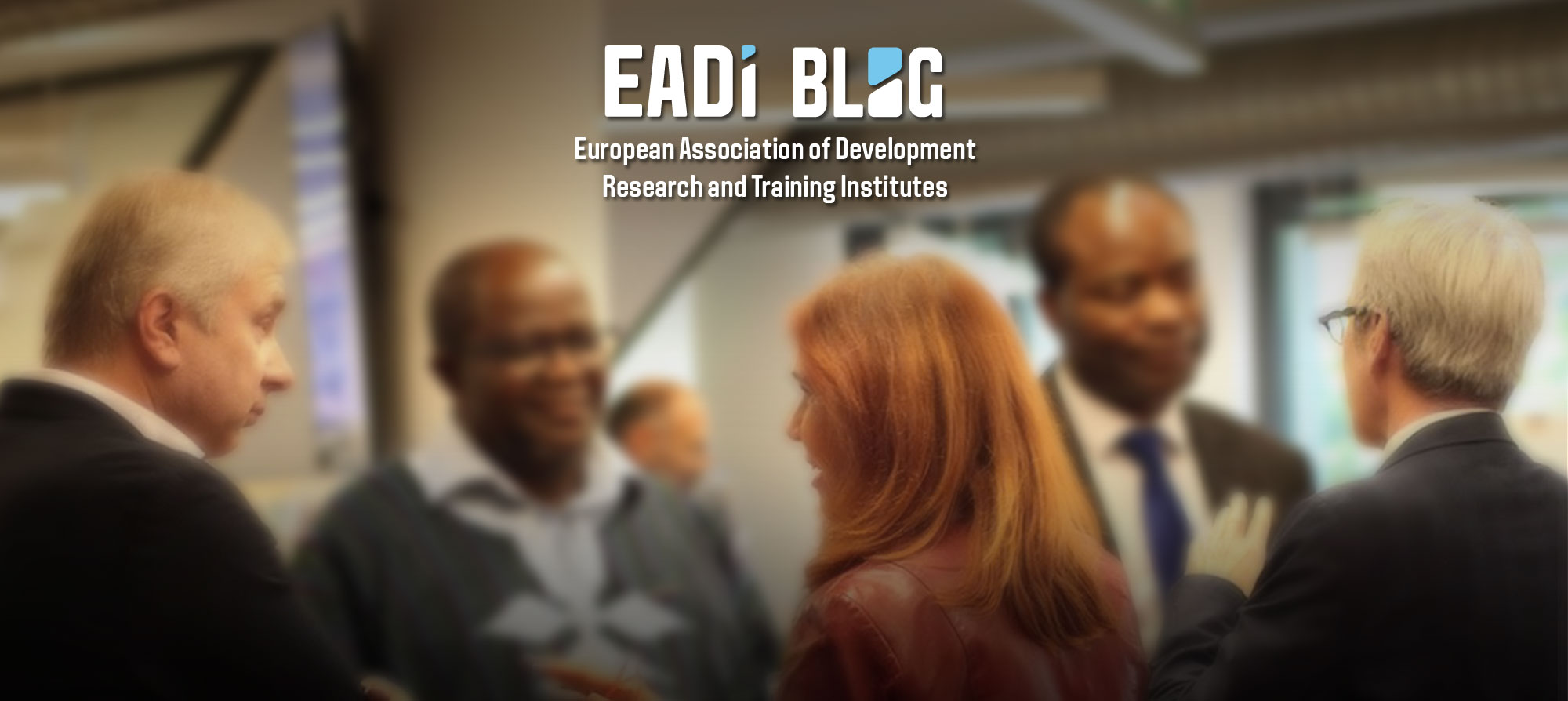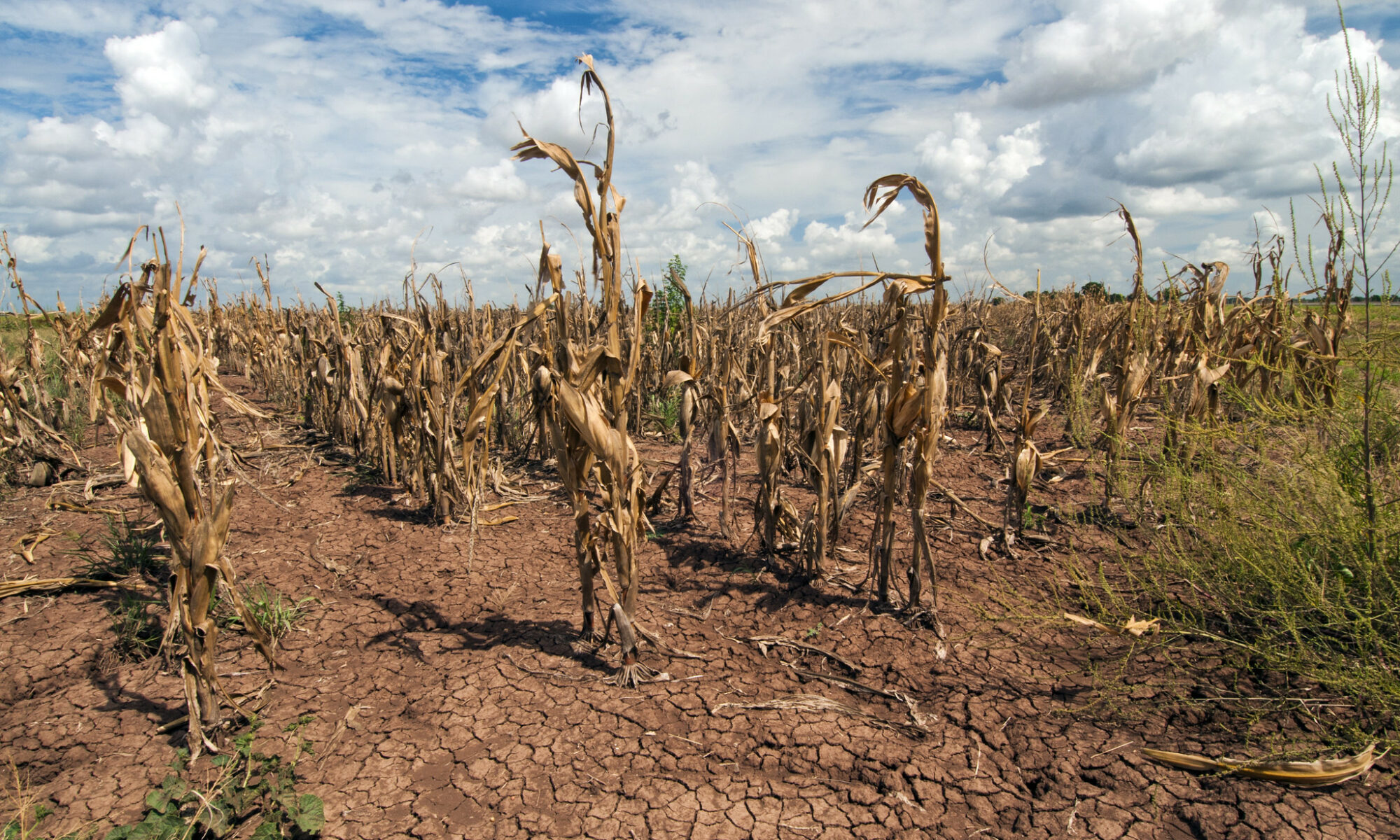By Frédéric Huybrechs / Debt and Green Transition blog series
An important item on the political agenda of dealing with climate change is the question of how to finance adaptation and mitigation. There are many options on the table, but debt-based instruments are gaining ground. One of them is ‘green microfinance’ or, in other words, the practice of banks and development finance institution to integrate individuals and small-scale organizations into the financial (and green) architecture by means of small-scale financial services. This raises questions on how “green” is defined and how this financial instrument relates to debt and vulnerability in the broader socio-economic context.
A brief history of microfinance
Microfinance is generally defined as the provision of small-scale financial services such as credit, savings or insurance, to people who have little or no access to the traditional banking system. The concept gained popularity from the 1980s onwards based on the idea that offering such financial services could make a big difference to people in poverty. According to the main promoters, access to credit would allow individuals to work their way out of poverty on their own merits, which could be done in a financially viable way for the lender. The enthusiasm for microfinance –which culminated in the Grameen Bank and its founder Muhammad Yunus receiving the Nobel Peace Prize in 2006– diminished over the past two decades. Indeed, the sector faced increasing commercialisation and concerns about excessive profiteering, and several impact studies questioned the promised concrete social and economic impacts of microfinance on the ground.
The critiques and crises that have rocked this development flagship have, however, not led to an implosion of the sector, but to a number of new evolutions. The terminology of ‘microfinance’ was rebranded as a commitment to ‘financial inclusion’, with a more modest approach to the objectives of poverty reduction and a stronger focus on providing financial services per se. The social objectives still attract a lot of attention from policymakers though, and the sector therefore continues to receive significant donor support based on the expectation that an inclusive financial sector can contribute to equitable and sustainable development.
Green inclusive finance and the Green Index
A recent (albeit still modest) growth in attention to climate change and sustainability is opening doors for a more active role for inclusive finance in sustainable development. This shift is mostly based on the idea that targeted financial and other support services can lift barriers to adopting more environmentally friendly techniques (such as solar energy, energy efficiency or agroforestry) or taking climate adaptation measures (such as water pumps for irrigation or certain drought-resistant crops).
This trend of ‘green inclusive finance’ is currently taking shape in a new version of the ‘Green Index’. The index is a tool that can be used by microfinance institutions (MFIs) to report on their ‘green’ activities. It consists of a list of indicators, which are organized along various dimensions or standards, ranging from the identification of environmental risks and opportunities, to the provision of green financial and non-financial services and products. A few examples, from a list of over 100 indicators, include “the institution identifies vulnerability at client-level or portfolio-level to climate change, environmental degradation, biodiversity loss, etc.”; or “the institution offers loans that allow its clients to implement or maintain clean energy and/or energy efficient equipment.” On the basis of the replies to the indicators, the MFIs receives a score ranging from 0 to 100%.
The index has grown tremendously, compared to earlier versions, with regards to both the breadth of indicators and the aspired comprehensiveness of the possible practices of MFIs and the environmental risks that the institutions and their clients face. This certainly has important merits at the level of awareness-raising and facilitating conversations about the link between finance and environmental issues. As this is still a fairly new topic in the microfinance sector, it often requires some persuasion even to just open the floor to discuss it. The index can be a concrete starting point when MFIs start to define plans for action on how to improve their environmental performance, and the common standards can allow for benchmarking and sharing lessons learned. The index can also be useful as a tracker and data-gathering tool in terms of evolutions in the greening of the microfinance and broader financial inclusion sector.
What does ‘green’ mean?
However, there are several reservations about possible implications of the use of the Green Index and its underlying assumptions. A key element is the relationship between the index (with its indicators and a score of ‘environmental performance’) and the actual environmental impact on the ground. The discussion about the relation between performance management and impact sounds familiar in the context of microfinance, as it is reminiscent of earlier debates regarding microfinance’s social performance. There is, in principle, a disclaimer with regards to the index; namely that it is based on process indicators rather than measures of actual outcomes, which “only assess the efforts made by an organisation, without showing whether these efforts actually translate into positive change in terms of environmental impact”. However, even if at the onset people may be aware that the index is depending on the underlying choices of what is considered ‘green’ and which processes are expected to contribute hereto, this tends to be forgotten when actually working with the index. No matter how carefully introduced or nuanced in theory, the key takeaways from studies about characteristics of green institutions based on the green index can easily speak a clear language: “older MFIs have better environmental performance” or “banks have better environmental performance.” It inevitably sounds as if the mere adoption or recognition of environmental considerations leads to the envisaged environmental impact. Yet that is not so self-evident, both at the level of defining what is ‘green’ as well as the level of the way green microfinance works out in practice.
I thereby often refer to counter-intuitive findings from a research project in Nicaragua on a ‘green’ microfinance product, where colleagues and I concluded that some of the ‘non-green’ products of the implementing MFI were somehow more supportive of biodiversity-friendly and inclusive practices than their ‘green’ counterpart. The green microfinance programme was designed to promote biodiversity-friendly land uses through the combination of credit provision, technical assistance and conditional economic incentives. Yet we found that the targeting of this ‘star product’ to more established medium-sized producers, and the concomitant promotion of a more intensified model of coffee production led to a failure to identify and revert processes of environmental degradation. The programme did not engage with the dynamics and political arenas of sustainable development in the area, and thereby lacked a more holistic approach. For example, such approach could have included supporting more diversified agricultural and cooperative practices or including the main environmental concerns of the local community into the analysis. When taking a closer look at these context-specific dimensions, it becomes clearer how complex it is to attribute impact to a specific type of intervention. Despite consecutive rounds of improving the index, we should not forget that -to put it in a provocative way- we may be ‘getting things wrong in an increasingly precise way’.
What role for (green) microfinance in a green transition?
The point here is not so much about discussing a neat boundary between impact or no impact; sustainable or unsustainable; green or not green. It is about the risk of taking too narrow a view of the interplay between the ‘intervention’ and the context, and of taking for granted the desirability of microfinance; a kind of microfinance narcissism. Taking a step back, it becomes clearer that thinking and working from a perspective of financial services can already create a certain, narrowed framing. It sounds good to talk about ‘financial inclusion’ or ‘lending’ for climate-resilient activities; but the flip side sounds different, namely that climate-related vulnerabilities should be alleviated through debt. This is especially problematic if the debt is for consumption or for providing access to certain basic needs, as is sometimes the case now for electricity, water or healthcare. Providing access to financial services may ensure that certain needs are met, but in what sense do they contribute to addressing the causes of vulnerability to climate emergency? When financial returns remain largely central in the equation, it may still mostly target the most rewarding economic practices within the prevalent socio-economic structure, possibly focusing on some technical fixes e.g. in the fields of climate change adaptation or mitigation. Yet it still risks maintaining or even intensifying the relations and conditions that shape processes of social exclusion and environmental degradation/governance; even with a green label. This is why it is necessary to really look into more detail –in research and in practice- how green microfinance works out on the ground; and how it can more actively engage with its political role of supporting some practices over others, in relation to other services, interventions and social movements to really create momentum for more radical change.
(This blog is based on the article: Macro-crisis, micro-solutions? A reflection on the possible role of microfinance in the necessary U-Turn)
Frédéric Huybrechs is research coordinator at the Institute of Development Policy (IOB), University of Antwerp, Belgium. He has studied the topic of Green Microfinance from a political ecological perspective and in the context of rural development pathways. Until recently he was also a member of the action group “Green Inclusive and Climate Smart Finance” of the European Microfinance Platform.
Image: USDA photo by Bob Nichols under a creative commons licence on Flickr

